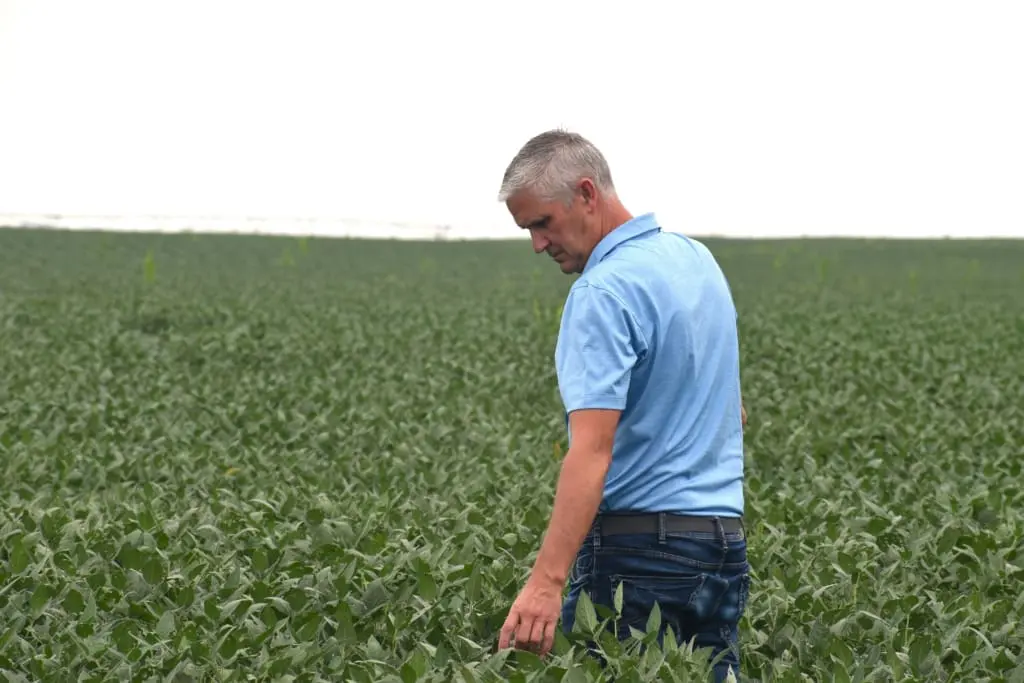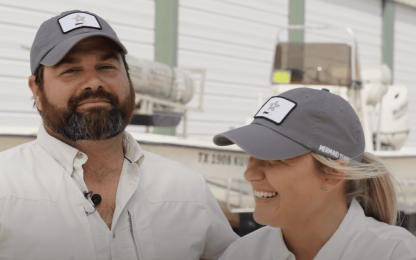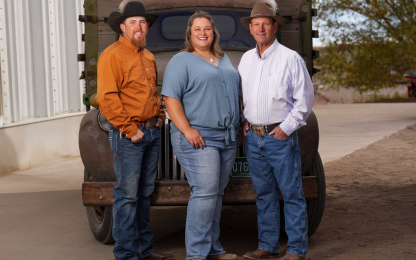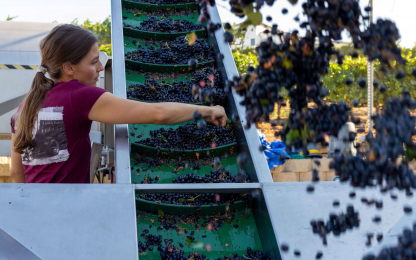Improving Soil Health
Driving past Ed Hegland’s farm in rural Lac qui Parle County, Minnesota, you will notice it looks different than his farming neighbors. Corn, soybeans, and wheat grow on his 1,800 acres, but you will also find a variety of other crops springing up within the same fields.
Since his start in 1992, Hegland has taken an alternative approach to raising crops. What is now labeled regenerative farming, or climate-smart agriculture, has long been practiced here in some form.
Today, Hegland incorporates cover crops into his normal crop rotations and practices no-till farming. A partnership with a local cattle producer occasionally brings livestock into the fold, satisfying an additional principle of soil health. As greater attention is shown to regenerative agriculture, early adapters like Hegland demonstrate how conventional farms can introduce a new style of farming to their operation.
Starting Small
Hegland’s father planted the seeds of regenerative practices prior to Hegland taking over the family business.
In the late ’90s, they switched to a no-till approach for soybeans. In 2005, Hegland experimented with striptilling before fully utilizing the practice a few years later.
Hegland began experimenting with cover crops through his participation in the Environmental Quality Incentives Program (EQIP) and Conservation Stewardship Program (CSP), two United States Department of Agriculture programs that help farmers and ranchers integrate and build on existing conservative farming practices. A variety of millet, oats, radishes, vetch, peas, and rye have been used to provide cover at different times of the year.
Over the past three growing seasons, Hegland has been 100% no-till farming. At first, it took some getting used to.
“My fields look a little tougher for the first four to eight weeks in the spring but come August they start catching up with the neighbors,” he said.
With a cover crop in place, Hegland waits a little longer than the average conventional farmer for the temperature of his soil to heat up before planting his cash crop. No-till farming leaves more residue on the surface to protect against erosion and water loss, and to moderate soil temperature. This can cause the soil to warm more slowly in the spring than it would if left bare.
Seeing Results
Since switching, the financial savings have been apparent to his operation. Hegland recalls when he first transitioned to strip-till, his fuel provider stopped by the farm to ask if he had switched providers, after noticing Hegland’s usage had significantly decreased.
“I didn’t,” Hegland said. “I am just not using as much fuel.”
Despite initial uncertainty, increased yields have resulted since he began no-tilling into cover crops. Hegland believes the seed-to-soil contact and moisture savings play a big role in the improvements he’s witnessed.
One main goal of regenerative agriculture is improving soil health. With a living cover established, Hegland retains more moisture and prevents exposed soil from washing or blowing away.
For Ed, climate-smart farming methods are a way he can achieve his financial goals.
“I enjoy the soil health benefits of it greatly. It’s been fun to see the organic matter increase and the soil biology increase. But for me, my bottom line is the bottom line,” he said.
Hegland is an AgCountry Farm Credit Services Director and customer.
This article was originally published by AgCountry Farm Credit Services.



